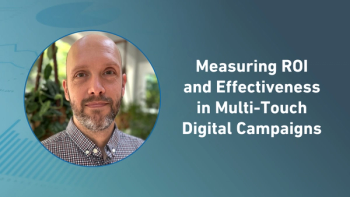
- Applied Clinical Trials-06-01-2016
- Volume 25
- Issue 6
Critical Update to Cardiac Safety Assessments
CDER official comments on the significance of ICH's new alternative path for identifying the cardiac safety issue of QT prolongation in non-cardiac drugs.
In December 2015, the ICH updated its E14 Guideline Q&A to define an alternative path for identifying the cardiac safety issue of QT prolongation in non-cardiac drugs. This is the most fundamental revision to the Q&A of “The Clinical Evaluation of QT/QTc Interval Prolongation and Proarrhythmic Potential for Non-Antiarrhythmic Drugs” since its implementation in 2005.
This alternative path-call it “concentration effect modeling”-relies on intensive, high quality ECG analysis and the use of exposure response modeling to determine the extent of QTc prolongation. Proof of its validation is FDA’s acceptance of this approach in lieu of a TQT study earlier in 2015.
Applied Clinical Trials spoke with Norman Stockbridge, MD, PhD, Director of the Division of Cardiovascular and Renal Products in CDER’s Office of New Drugs, about this development. Stockbridge noted that it has always been a known that TQT studies are inefficient. He said, “It led to sponsors doing a separate study instead of piggybacking onto an existing study. Then because it was a special study, it was only conducted late in development. Also, the previous by-time-point analysis doesn’t use all the information; it just uses the information where the QT interval is the worst.”
However, getting to a new approach that also had an acceptable confidence level for the older TQT approach, took time In the end, Stockbridge says, FDA asked for a trial that formally compared the two approaches. The Cardiac Safety Research Consortium (CSRC) and IQPharma members initiated the IQ-CRSC study, of which the FDA was heavily involved in the design.
For more information, download the free report
Articles in this issue
over 9 years ago
Bring Your Own Device for Trial Outcome Assessmentover 9 years ago
‘Breakthrough’ Program Generates Optimism — and Concernsover 9 years ago
Antibiotic-Resistance Focus Could Benefit Clinical Trialsover 9 years ago
EFGCP Renews Campaign on Older People in Researchover 9 years ago
Paperless Processes on the Way Out?over 9 years ago
EHR eSource: Sword of Change?over 9 years ago
Regulatory Considerations are Key in eSource Data Integrationover 9 years ago
Engagement Shift: Informed Consent in the Digital Eraover 9 years ago
Emphasizing ‘Solutions’ in eClinical Tools for Sitesover 9 years ago
Quality Remote Monitoring: The Tools of the GameNewsletter
Stay current in clinical research with Applied Clinical Trials, providing expert insights, regulatory updates, and practical strategies for successful clinical trial design and execution.






.png)



.png)



.png)
.png)
